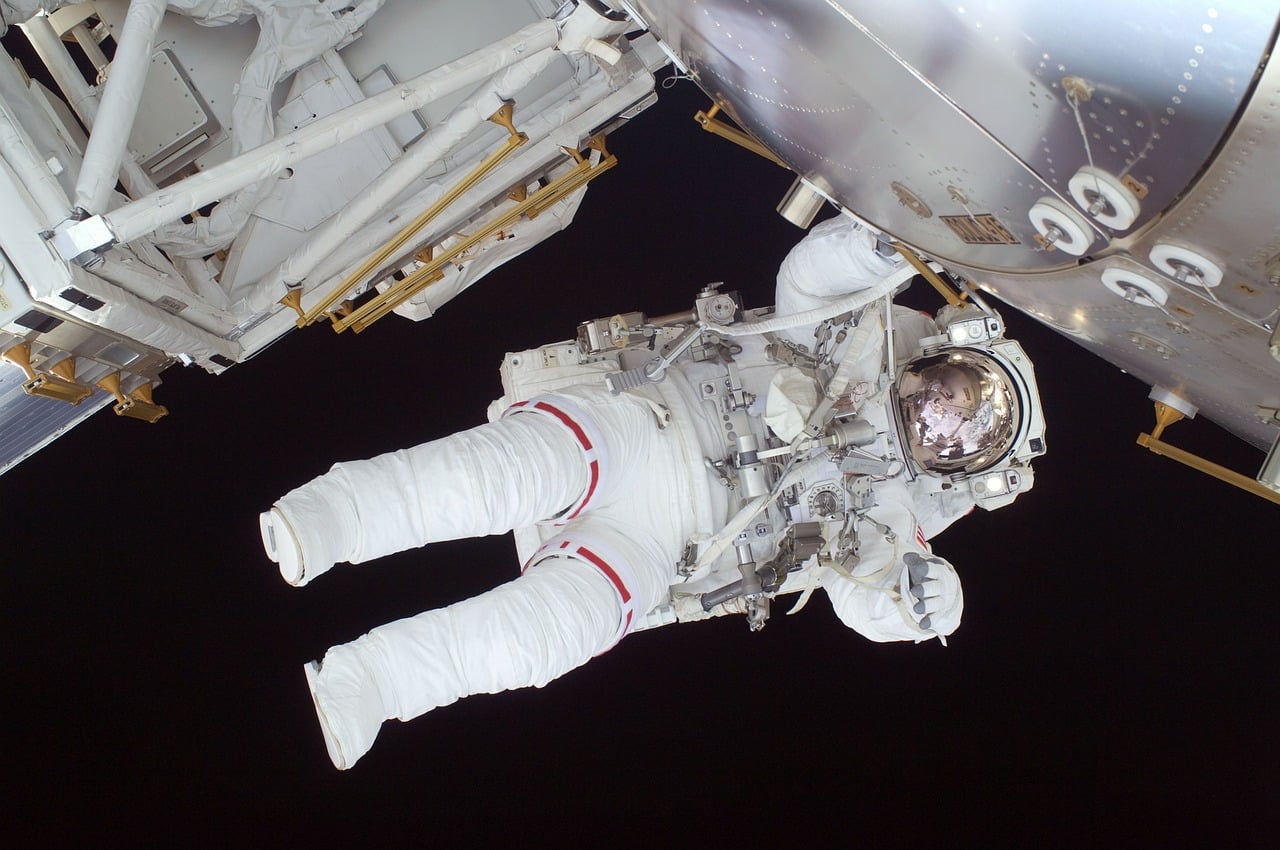Researchers from King’s College in London in the UK and the European Space Agency (ESA) have teamed up to make life in space easier for astronomers. They developed a new skinsuit, which should help astronauts combat back pain in space. It is a spandex-based skinsuit which is supposed to squeeze the body from the shoulders to the feet in a way that will mimic gravity.
Conditions in space are different than on Earth and astronauts tend to get taller in weightlessness, which often results in back pain. Also, many astronauts find it challenging to fit into spacesuits and could even suffer from “slipped discs” after they come back to Earth.
To find a way to fight back pain in space, a team of researchers at King’s College in London, UK have been working on a skinsuit by using a novel simulation of microgravity: adding magnesium salts to a half-filled waterbed. This idea came from the Dead Sea, where people float on the surface as it contains more salt than other seas around the world.
“The high salt content provides additional buoyancy,” study leader David A. Green explained in a press release. “Our test subjects don’t just sink to the bottom but float on the surface even though the bed is only half full.”
“During our longer trials we’ve seen similar increases in stature to those experienced in orbit, which suggests it is a valid representation of microgravity in terms of the effects on the spine,” researcher Philip Carvil explained. “On Earth your spine is compressed by gravity as you’re on your feet, then you go to bed at night and your spine unloads – it’s a normal cyclic process.”
Carvil also said that the supine state should help water and other molecules move into the discs located between the bony spinal vertebrae. In the morning, you would be the taller, around 1.5 cm taller than later in the day after gravity pushes the discs down, causing a loss of fluid. In space, there is no gravity pushing down on the discs, and in time, the ligaments and muscles become loose and weak.
The team was accompanied by the Space Medicine Office of ESA’s European Astronaut Center to work together in developing the suit that would successfully fight back pain in space. The garment was made at the U.S. Massachusetts Institute of Technology, although there were several design changes which would improve the wearing of the suit. After the improvements were made, ESA astronauts Andreas Mogensen and Thomas Pasquet tested the skinsuits during the missions on the International Space Station.
“The first concepts were really uncomfortable, providing some 80% equivalent gravity loading, and so could only be worn for a couple of hours,” Carvil was quoted in the press release. “The Mark VI Skinsuit is extremely comfortable, to the point where it can be worn unobtrusively for long periods of normal activity or while sleeping.
Studies that were conducted on Earth included having students lay on the waterbed, while the MRI scans were used to see the effects on the spine, when they were wearing the skinsuit and without it.
“The results have yet to be published, but it does look like the Mk VI Skinsuit is effective in mitigating spine lengthening,” Carvil said. “In, addition we’re learning more about the fundamental physiological processes involved, and the importance of reloading the spine for everyone.”





